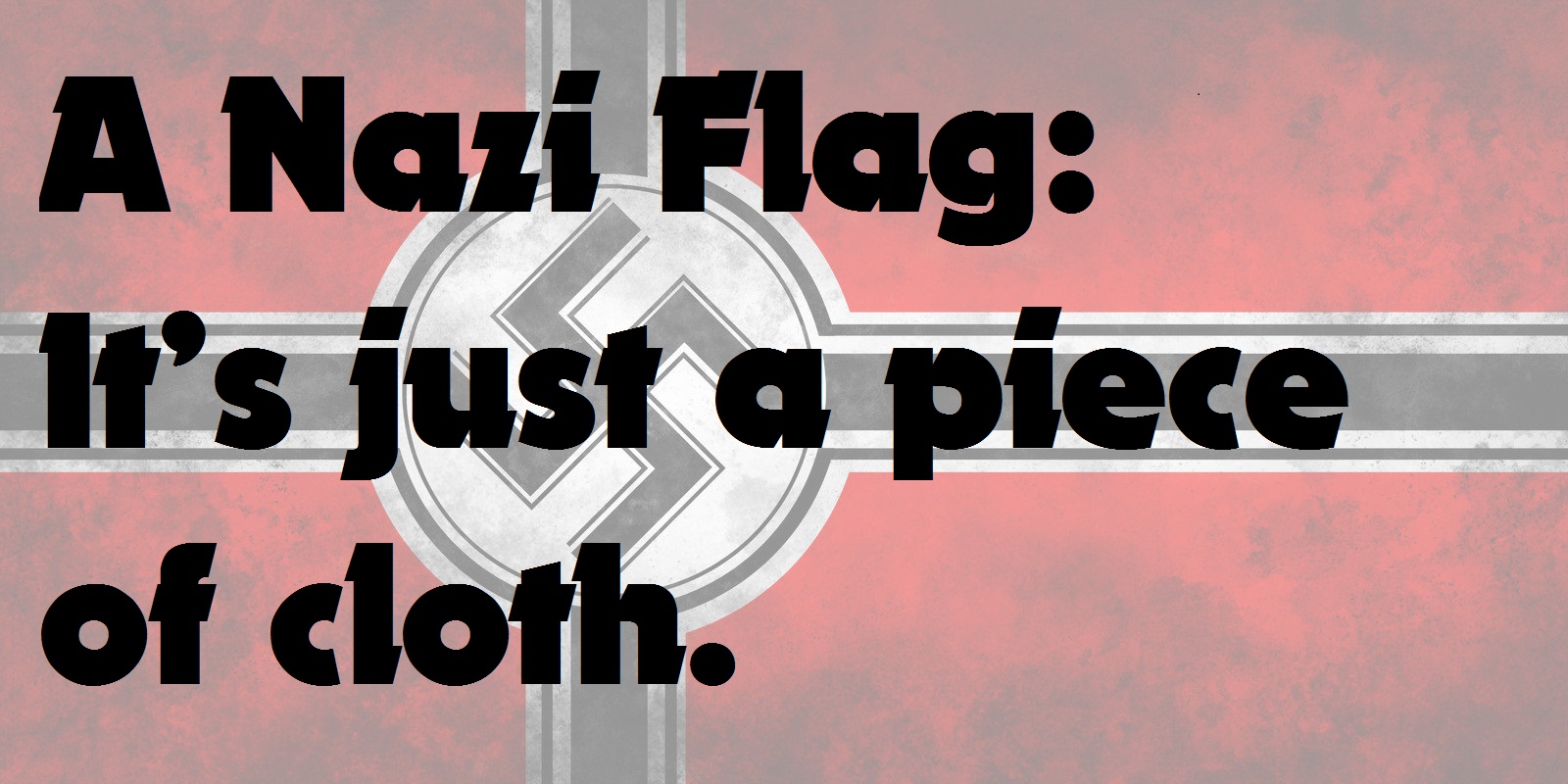Canada Continues to Pander to Political Islam
2019-08-21
Another small example of how Canadian institutions pander to political Islam by normalising the veil which is a symbol of Islamist misogyny.
Sommaire en français Un autre petit exemple d’une institution canadienne qui affiche sa complaisance à l’égard de l’islam politique en normalisant le voile, ce symbole de la misogynie islamiste.
I recently came across the following Canadian Armed Forces (CAF) news story on a Government of Canada website: CAF welcomes first Muslim female chaplain and chaplain candidate. The article is neither very recent nor very old—dated 2018-04-12. It got my attention because it shows, yet again, that our Canadian government and its various institutions have the nasty habit of identifying Muslim women with the Islamist veil, as if the former could not exist without the latter, which is exactly what proponents of political Islam would like us to think. Such a false identification renders more moderate Muslim women—those who do not wear the veil—effectively invisible.
The following group photo is taken from the article. There is no need to indicate which person is the Muslim female chaplain to whom the article’s title refers.

Click to enlarge
Photo from linked CAF article
The article informs us that this new chaplain “has extensively studied theology and counselling, and is currently enrolled in a Doctor of Ministry program jointly offered by the University of Toronto, the Toronto School of Theology, and Emmanuel College.” We also read that her appointment to this position is part of the chaplain service’s “initiative to increase diversity and improve gender balance.”
Leaving aside the question of just what, if anything, is the value of an education in the vacuous discipline of theology—the study of a hypothetical entity both nonexistent and unknowable—the article’s reference to “gender balance” is very telling. One can assume that the intention is to foster gender equality, but the means chosen to do so borders on the hypocritical. If the CAF were truly concerned about gender equality, they would avoid promoting the highly misogynistic Islamist veil worn by the new chaplain in the photo. She would instead wear the same military uniform as everyone else, with the same head-covering, or absence thereof, as everyone else.
This is of course only one small example in a long series of such capitulations to political Islam. I have discussed similar cases in three previous blogs:
- This Does NOT Promote Child Health, involving the use of a hijab-wearing girl on the cover of a paediatrics journal.
- CHRC Endorses Religious Child Abuse, involving a small girl wearing a hijab in an image used by the Canadian Human Rights Commission to illustrate the theme of human rights!
- Status of Women Canada Endorses Political Islam, involving a publicity campaign using the hijab as a feminist symbol!
In all these cases, we have a situation where an institution has internalized one of political Islam’s favourite strategies: the rhetoric of inversion. An expression of the subservience of women, the Islamist veil, one of the worst products of patriarchy, is presented as a choice or a right, even an expression of freedom! Thus, we have the Orwellian situation where reality is overturned and a symbol of the servitude and inferiorization of women is re-branded as a positive good. This is exactly what Islamists aim for: to normalize one of their most important propaganda tools.
Next blog: There is Nothing Friendly About Hemant Mehta’s Gross Ignorance





